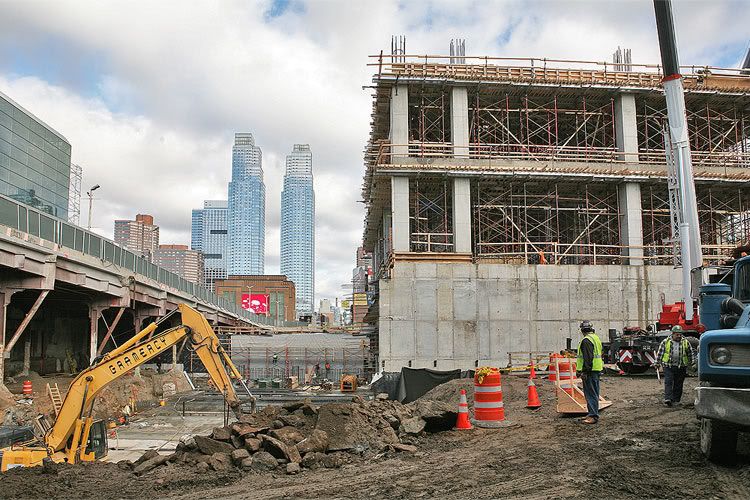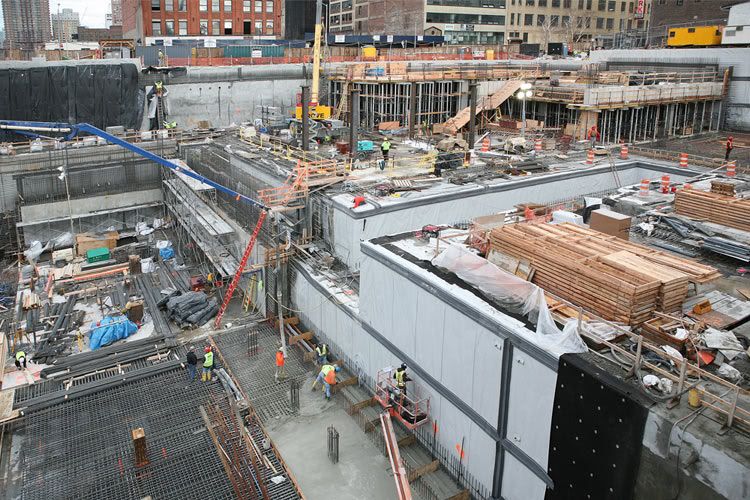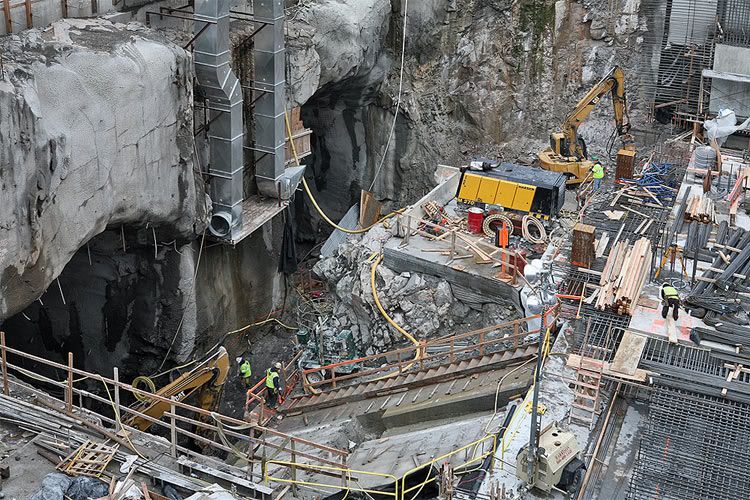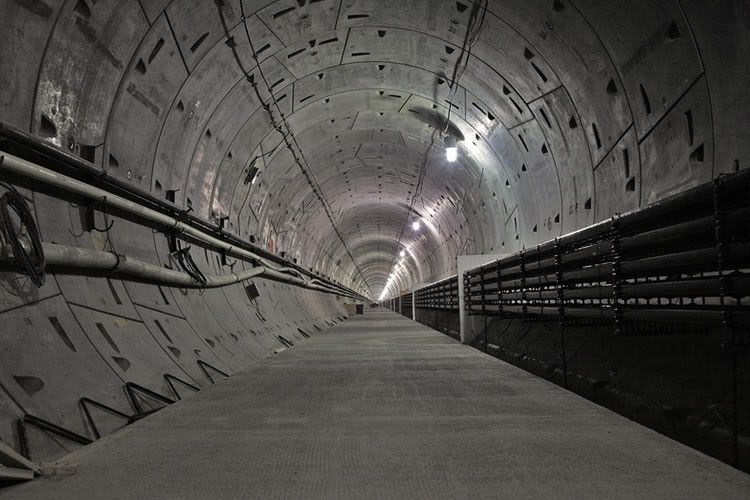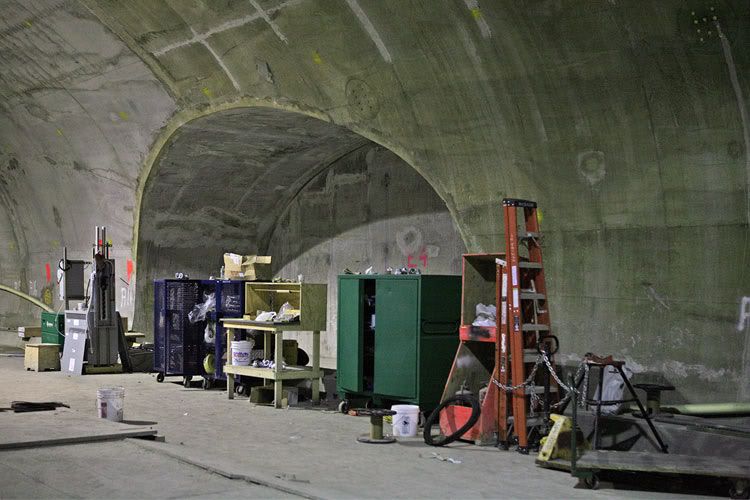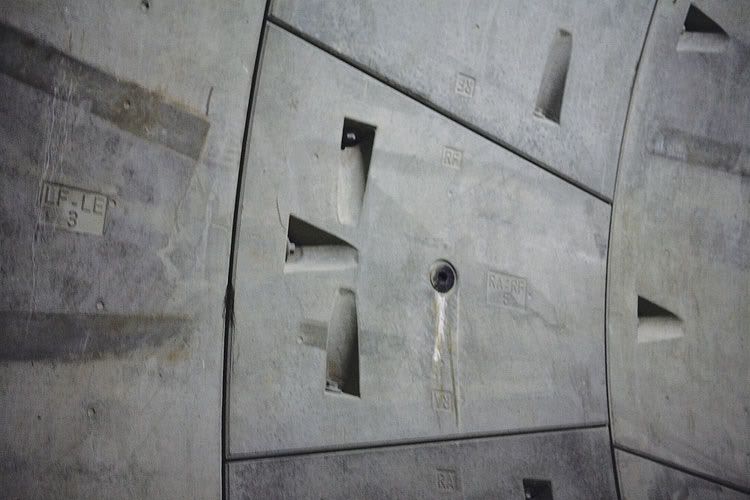An ElectricWeb analysis of McGraw-Hill construction data found that $13.8 billion worth of construction projects started in 2011, a decline of 31% from 2010, when $20 billion in projects began. While residential construction rose 24%, starts on non-residential and public works projects declined 39%.
The data used in this report encompasses all project starts, including brand new construction as well as alterations and renovations to existing structures, and reflect the estimated value of each initiated project through the entire period of construction.
The 31% decrease in starts from the previous year was due primarily to a major decline in the non-residential sector, which includes offices, hotels, schools, hospitals, transit, power plants and institutional buildings. Construction starts in this sector decreased 39% – from $13.7 billion in 2010 to $8.4 billion in 2011. Last year's results are a complete reversal from 2010, when non-residential construction starts rose by 41%.
It was a down year as well in the public works sector, which covers government infrastructure construction starts, including roads, bridges and water systems. Construction starts in this area declined 35%, from $4.0 billion in 2010 to $2.6 billion in 2011. Starts in this sector have declined in each of the past three years and are down 54% from 2008, when public starts reached $5.7 billion.
On a positive note, residential construction starts jumped 24%, from $2.3 billion in 2010 to $2.9 billion last year. While 2011 starts remained 51% below the 2008 level, the data suggest that the residential sector has bottomed out.
Led by work at the World Trade Center and on two major arenas, New York City benefited from seven construction starts valued at more than $500 million or greater in 2010. That number dropped to just two in 2011, however – the $1.2 billion redevelopment of Terminal 4 at JFK Airport and the Number 7 subway line extension ($514 million). These projects were followed by Gotham West apartments ($362 million), work on the Second Avenue Subway's 86th Street station ($302 million), the Whitney Museum of Art ($300 million) and the restarted Boston Properties office tower on West 55th Street, the balance of which is valued at $285 million.
New, ground-up construction projects accounted for 57% of all construction starts, while the other 43% were alterations and renovations to existing facilities. In 2010, new construction accounted for 63% of all project starts.
The 31% decrease in starts from the previous year was due primarily to a major decline in the non-residential sector, which includes offices, hotels, schools, hospitals, transit, power plants and institutional buildings. Construction starts in this sector decreased 39% – from $13.7 billion in 2010 to $8.4 billion in 2011. Last year's results are a complete reversal from 2010, when non-residential construction starts rose by 41%.
It was a down year as well in the public works sector, which covers government infrastructure construction starts, including roads, bridges and water systems. Construction starts in this area declined 35%, from $4.0 billion in 2010 to $2.6 billion in 2011. Starts in this sector have declined in each of the past three years and are down 54% from 2008, when public starts reached $5.7 billion.
On a positive note, residential construction starts jumped 24%, from $2.3 billion in 2010 to $2.9 billion last year. While 2011 starts remained 51% below the 2008 level, the data suggest that the residential sector has bottomed out.
Led by work at the World Trade Center and on two major arenas, New York City benefited from seven construction starts valued at more than $500 million or greater in 2010. That number dropped to just two in 2011, however – the $1.2 billion redevelopment of Terminal 4 at JFK Airport and the Number 7 subway line extension ($514 million). These projects were followed by Gotham West apartments ($362 million), work on the Second Avenue Subway's 86th Street station ($302 million), the Whitney Museum of Art ($300 million) and the restarted Boston Properties office tower on West 55th Street, the balance of which is valued at $285 million.
New, ground-up construction projects accounted for 57% of all construction starts, while the other 43% were alterations and renovations to existing facilities. In 2010, new construction accounted for 63% of all project starts.
Given that 2010 was the year of the big-ticket construction project – with the World Trade Center, Madison Square Garden and Barclays Arena accounting for $6 billion in construction starts alone – it is not very surprising to see a dip in 201. Still, the 31% decline in New York City is very troubling.
Sources:
Crain's New York Business
New York Building Congress




